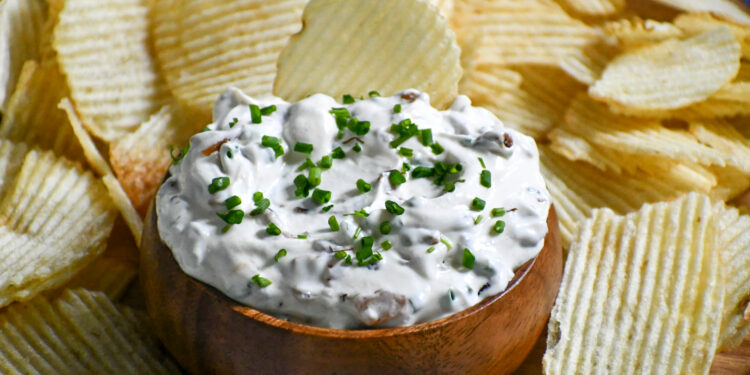Onion powder is a great addition to soups, sauces and almost any other savory dish. It’s super easy to make and can be made with any type of onion.
The best part is you can control the quality of ingredients and the amount of salt used! This makes it a much better alternative to store bought.
Peel and Chop
You may have purchased onion powder at the store, but did you know that it’s easy to make yourself? This handy spice is a great addition to any soup, gravy or dip. It can also be sprinkled on mashed potatoes or sauteed summer squash. This powder also makes an excellent alternative to sprinkling dried onion over meat.
To prepare an onion for chopping, peel away the papery skin from both halves using your fingers (if necessary, gently warm each side against a hot pan to soften the skin). Leaving one of the flat root ends attached helps prevent tears.
Cut each onion in half lengthwise, and then chop horizontally, close to the root end. The closer together your initial horizontal and vertical cuts are, the smaller you’ll chop your onions. Repeat with the other half of the onion, discarding the root end, if needed.
Dehydrate
Do you often use a whole onion and end up with the dark leafy greens that you don’t know what to do with? Instead of tossing them into the compost, make your own onion powder.
Chop the onion into uniform pieces and spread evenly over a dehydrator tray or baking sheet. Leave room in between the pieces to allow air to circulate. Set the dehydrator to 150 degrees and let the onions dry for 6-8 hours (high humidity may require more time). They are done when they snap easily when bent and feel brittle to the touch.
Once the onions are completely dry, let them cool and then transfer them to a glass jar. Shake the jar every few hours to distribute any moisture that still remains and keep the onions from clumping together. The jar is then ready to store. It’s a good idea to add oxygen absorbers or mylar bags to the container for long-term storage.
Grind
You can make onion powder at home for a fraction of what it costs in the grocery store, and it tastes so much better. It is also a great way to use up onions that are getting past their prime.
If you do not have a dehydrator, you can dry the onion slices in a low temperature oven instead. The drying time can take a few days depending on the thickness of the onion and humidity. Be sure to turn the onions frequently so that they dry evenly.
When the onion is completely dried (and conditioned), place it in an airtight jar and store it in a cool, dry area. The onion powder should last a year or more if stored properly. To re-grind the onion powder into a finer texture, place small batches of the dried onions into a coffee grinder or spice mill and pulse until it is the consistency you want. You can use a mortar and pestle as well, if you prefer.
Store
Onion powder can be stored in an airtight container in your pantry for several months. The flavor will fade over time, so it is best to make small batches and use it within a year.
Like most dried spices, onion powder can clump when it comes in contact with moisture or humidity. Clumping is not a sign of spoiled powder, but it can reduce its effectiveness. If your onion powder is clumped, pour it into a bowl and use a spoon or fork to break up the clumps.
Storing onion powder with a little rice in the bottom of the jar helps absorb moisture and can prevent future clumping. It’s also a good idea to shake the jar before using, as it will help even out any leftover moisture and prevent caking. If your onion powder smells musty, it’s no longer good and should be tossed. Replace it with a fresh batch. This seasoning blend is a wonderful addition to homemade dips, or mixed into spice rubs.










































